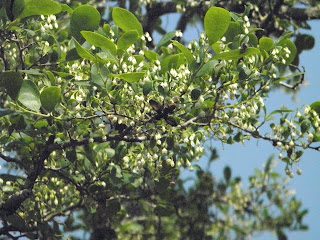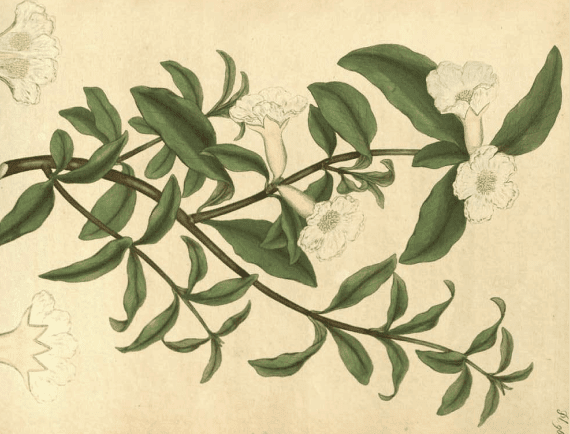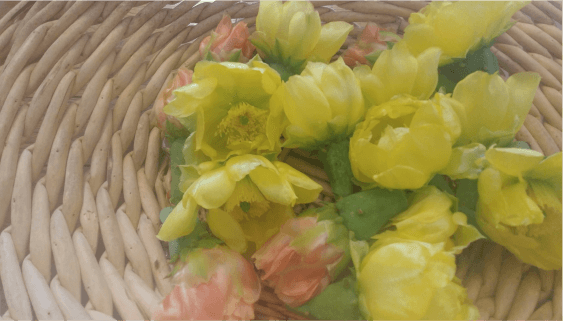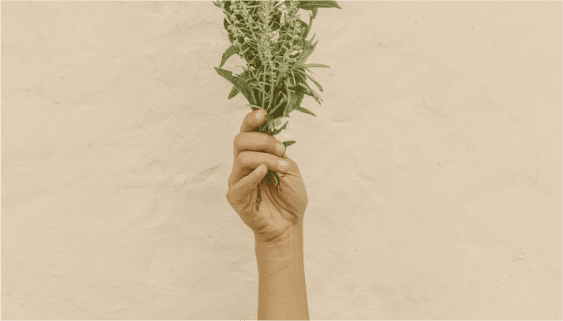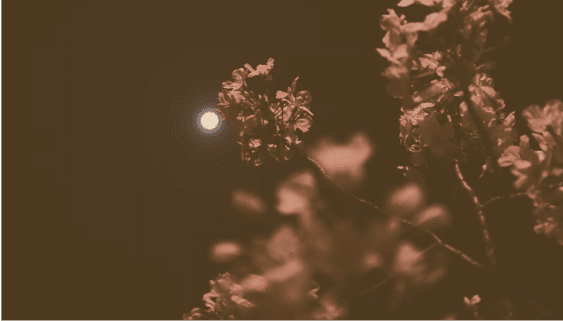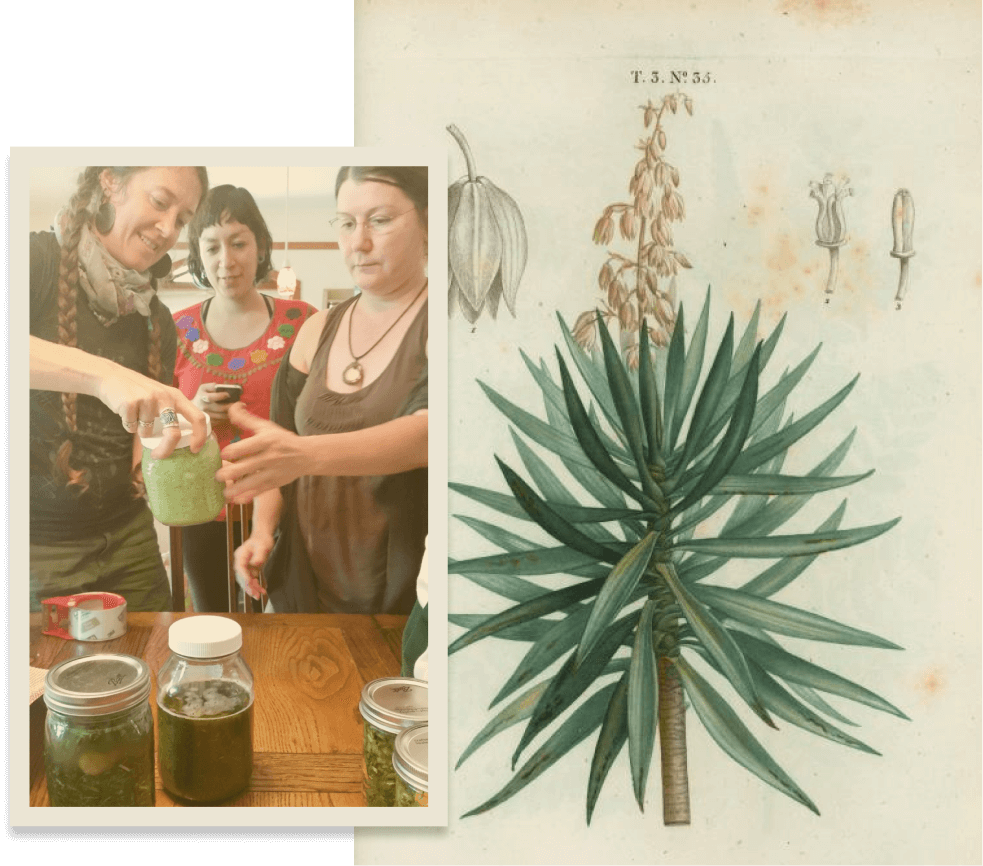Vaccinium arboreum or Farkleberry/Sparkleberry.
Family: Heath, or Ericaceae
Besides having the coolest common name of any of the Vacciniums, as the name implies(arboreum), it is a native blueberry which instead of being a small shrub, grows into a tree!
Description: Farkleberry is a native tree with waxy simple leaves. Interestingly, they tend to be evergreen in the South of its range and deciduous more to the North. The flowers, as with all Ericaeae are white and bell shaped turning into a berry. The Farkleberries are a little drier and smaller than blueberries. The bark is grayish and mottled with white. The trees tend to grow east of Austin in the piney woods most abundantly.
Harvest: Farkleberries leaves and berries ban be gathered in the summer. It is a great native Texas landscaping tree that attracts tons of pollinators.
Historically Farkleberries cousins include blueberry, bilberry, huckleberries and more distantly cranberries. Other medicinal plants in this family include uva ursi and madrone. All of theses plants tend to have an astringency. Farkelberries are more closely related to bilberry, a popular herbal medicine that has been used to help strentgthen eyes and improve night vision. In fact I was even taught that I could chew on the leaves of huckleberry to help with night vision. Blueberries, another cousing help to lower and stabilize blood sugar. I think our farkleberries in a tea may make a great addition to a tea for diabetics.
Historically the berries were used in pies and jellies, and the wood was used to make tools. The berries though mealier and drier still have a pleasant taste.
Modern Use: Farkleberry has not been used too much in herbal medicine compared to some of its relatives, but due to the common traits and similar taste it shares with the other vacciniums, I have high hopes for this native plant as another option, or substitute for popular market herbs that grows easily down here in central Texas.
